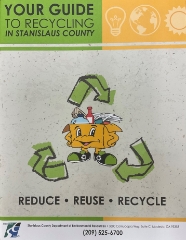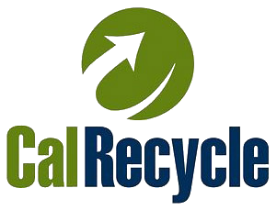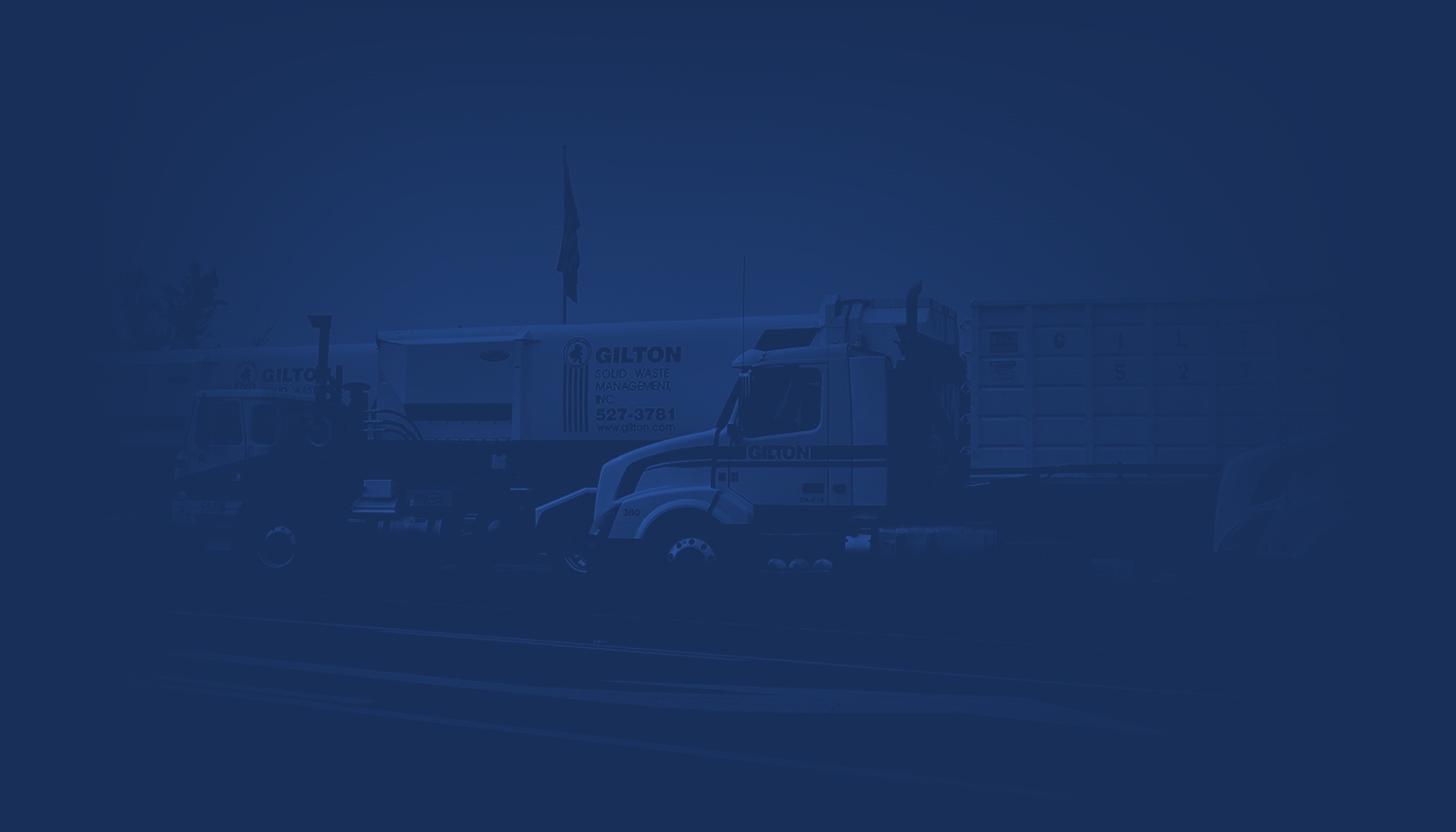What Goes Where

SB 1383 has expanded what we divert and recycle in the State of California.

Organics Diversion is the Goal!
California Senate Bill 1383, Short-Lived Climate Pollutants: Organic Waste Methane Emissions Reductions (SB 1383) established a statewide target to decrease methane emissions at landfills by reducing the disposal of organic waste by 50% in 2022 and 75% (below 2014 levels) by 2025.
SB 1383 defines organic waste to include the following:
- Green materials
- Wood waste
- Fiber (paper and cardboard)
- Food scraps
- Food-soiled paper
- Landscape/pruning waste
To learn more about SB 1383, click here.

Modesto residents and businesses, please visit City of Modesto website for information on proper waste separation.
Gilton customers have been diverting organics by placing them in the green cart for years; however, now it has become a state law. We are using advanced sorting technologies and mechanical separation to divert the highest amounts of organics and recyclables from the landfill. Everyone must do their part. Here is a recap of how you can help ensure that the diversion targets are met by properly sorting your waste materials as follows:

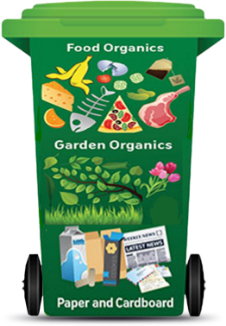
Organics Can
Accepted Items
- Green materials
- Wood waste
- Fiber (paper and cardboard)
- Food scraps
- Food-soiled paper
- Landscape & pruning waste
Unaccepted Items
- No Palm Fronds, Yucca or Bamboo
- Trash/Garbage
- Plastic Bags
- Plastic, Glass, Metal
- Batteries, Tires
- Paint/Toxic Material
- Dirt, Rock, Concrete, Asphalt
- TVs/Computer Monitors
- Dead Animals
- Hot Ashes

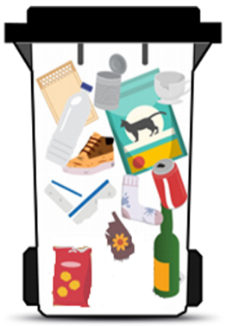
Black Can
Accepted Items
- Household Garbage/Trash
- Glass Bottles/Containers
- Plastic Bottles/Containers
- Aluminum Cans
- Tin Cans
Unaccepted Items
- Organic Materials
- Yard Waste
- Cardboard
- Batteries, Tires
- Paint/Toxic Material
- Dirt, Rock, Concrete, Asphalt
- TVs/Computer Monitors
- Dead Animals
- Hot Ashes
Additional Resources
Prior California Recycling Legislation
1987
AB 2020
California Beverage Container Recycling & Litter Reduction Act
AB 2020 incentivized recycling by adding a monetary value to qualifying beverage containers, known as the California Redemption Value or CRV. Consumers receive CRV money back when the containers are returned to a facility for recycling. Thanks to the CRV cash incentive, over 300 billion aluminum, glass and plastic beverage containers have been recycled.
1989
AB 939
Integrated Waste Management Act
AB 939 had many elements to it including a Waste Diversion Mandate. The mandate required each city or county to reduce the amount of material going to the landfill by 50% starting January 1, 2000. This prompted many jurisdictions to implement a residential curbside recycling program at this time.
2012
AB 341
Mandatory Commercial Recycling Mandatory Commercial Recycling
AB 341 requires those businesses and multi-family units (MFU’s) of 5 or more that generate 4 or more cubic yards of solid waste to arrange for recycling services. The purpose of AB 341 is to reduce the amount of greenhouse gases by diverting commercial solid waste to recycling efforts and to expand the opportunity for additional recycling services of California.
2016, 2017 & 2019
AB 1826
Mandatory Organics Recycling
AB 1826 requires any business generating organic waste to divert organic waste from landfill.
